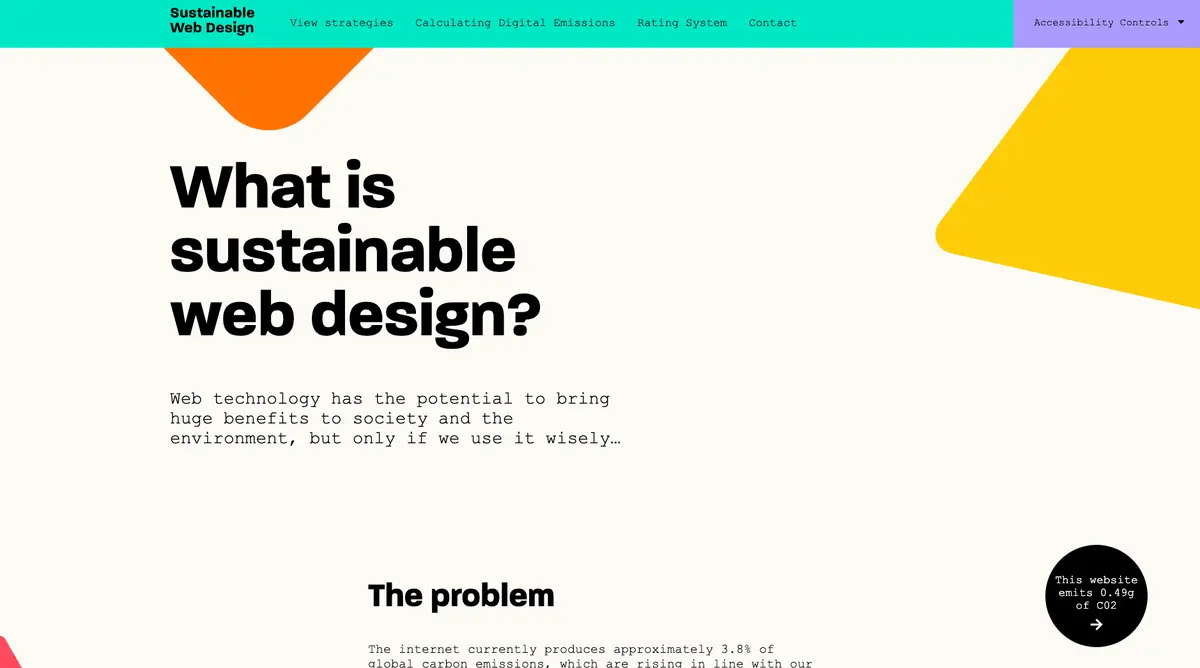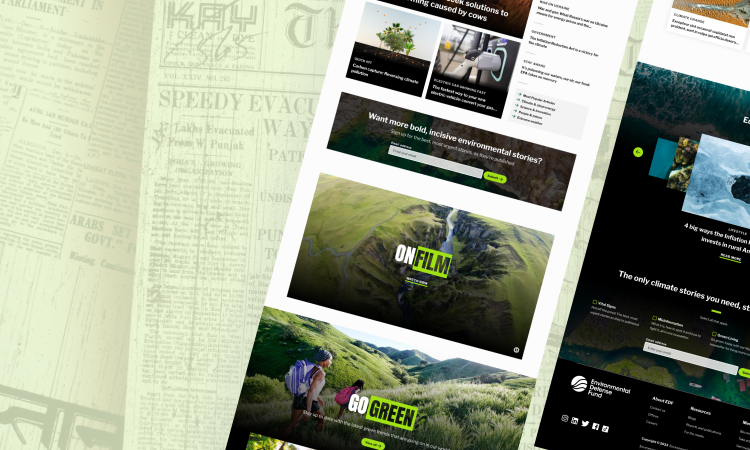Sustainable Web Design Practices for an Eco-Friendly Digital Presence

Introduction
Optimize Images and Media Files
One of the most effective ways to reduce a website’s energy consumption is by optimizing images and media files. Large, uncompressed images can significantly slow down a website and increase energy use. Here’s how to optimize them:
- Compression: Use tools like TinyPNG or ImageOptim to compress images without sacrificing quality.
- Formats: Choose efficient formats like WebP, which provides better compression than JPEG and PNG.
- Lazy Loading: Implement lazy loading to ensure images and videos are only loaded when they appear in the viewport, reducing unnecessary data transfer.
Enhance User Experience
A well-designed user experience (UX) can reduce the environmental impact of a website by ensuring visitors find what they need quickly and efficiently, reducing the time and resources spent on loading unnecessary pages. Focus on:
- Intuitive Navigation: Design clear, easy-to-navigate menus that help users find information quickly.
- Fast Load Times: Aim for fast load times by optimizing all elements of the site, including images, code, and server response times.
- Mobile Optimization: Ensure your site is fully optimized for mobile devices, as mobile browsing often consumes less energy than desktop browsing.
Conclusion
Embracing sustainable web design practices is essential for creating an eco-friendly digital presence. By optimizing images and media files, implementing efficient coding practices, choosing green hosting providers, enhancing user experience, reducing resource-intensive features, and prioritizing accessibility, businesses can significantly reduce their website’s environmental impact.
Not only do these practices contribute to a greener planet, but they also improve website performance, enhance user experience, and demonstrate a commitment to sustainability. As consumers become more environmentally conscious, adopting sustainable web design practices can also enhance your brand’s reputation and attract eco-minded customers.
By integrating these sustainable practices into your web design strategy, you can play a part in creating a more sustainable digital future while reaping the benefits of a more efficient and effective website.
How can we help you?
Feel free to Contact Us at any time and submit your query our team will reach you as sson as possible.

Implement Efficient Coding Practices
Clean and efficient code not only improves website performance but also reduces server load and energy consumption. Consider the following practices:
- Minification: Minify CSS, JavaScript, and HTML files to reduce their size and improve loading times.
- Reduce HTTP Requests: Combine files and use CSS sprites to minimize the number of HTTP requests made by the browser.
- Optimize Scripts: Remove unnecessary scripts and plugins that can slow down the website and increase energy use.
Prioritize Accessibility
Sustainable web design goes hand in hand with accessible web design. By ensuring your website is accessible to all users, including those with disabilities, you not only create a better user experience but also promote sustainability. Accessible websites are often more efficient and easier to navigate, which can reduce energy consumption. Key accessibility practices include:
- Semantic HTML: Use semantic HTML to ensure screen readers and other assistive technologies can easily interpret your content.
- Alt Text: Provide descriptive alt text for all images to ensure they are accessible to visually impaired users.
- Responsive Design: Implement responsive design to ensure your website works well on all devices and screen sizes.
Related Post
When it comes to building a sustainable online presence, SEO (Search Engine Optimization) has always had an edge over paid ads. Sure, …
Protecting Your Data in the Digital Age Introduction In the rapidly evolving digital landscape of 2024, cybersecurity has become more crucial than …
Latest Google Updates in Digital Marketing Introduction Google frequently updates its algorithms, tools, and features to enhance user experience and improve search …




